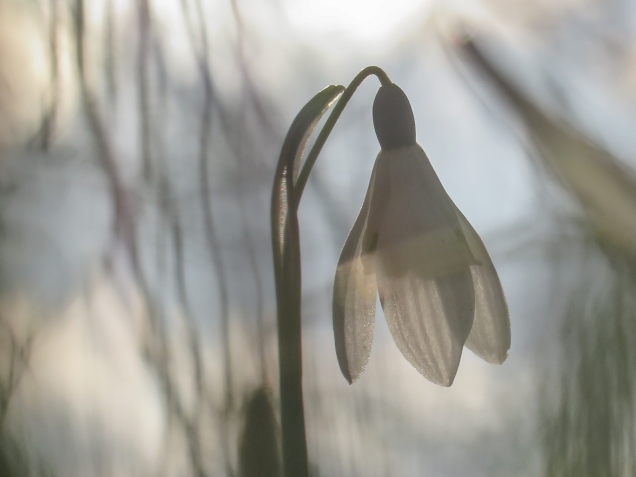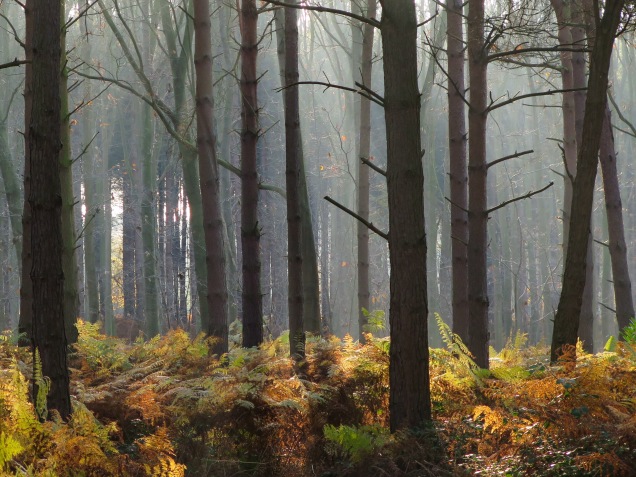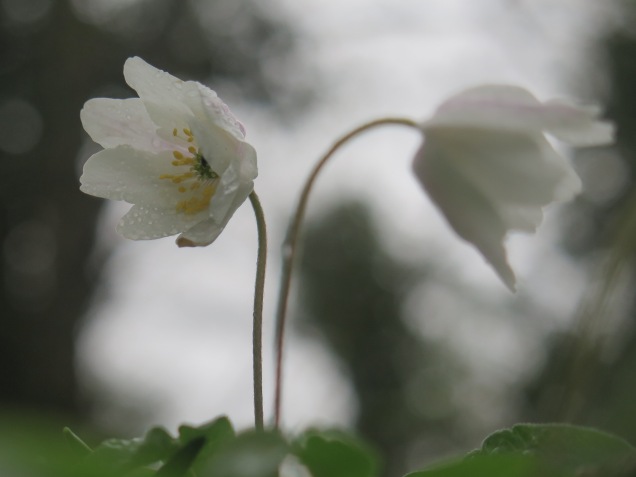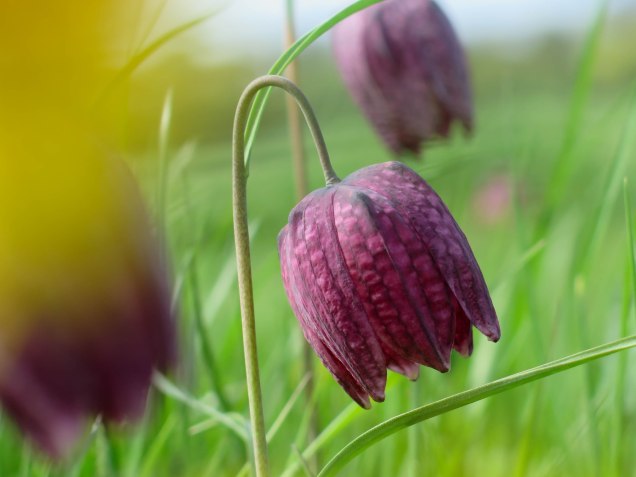I have been writing a short piece in the Grantham Canal Society newsletter each month for the last three years – I thought it would be fun to share these little snippets on here! If you would like to subscribe to the digital newsletter which drops into your inbox once a month, or look at older issues, visit their website here:
February 2018 – Ferns
At a time of year when many wild plants have lost their green leaves, ferns can still be found brightening up bare walls. Those you are most likely to spot along the Canal are perhaps the Aspleniaceae, known by the common collective name of ‘spleenworts’. These species often grow in cracks in walls, where they find small patches of soil, and they like moist and shady conditions. These factors together make some of the walls along the canal, particularly around the locks, ideal habitats.
One of the most common and easily recognisable is the hart’s tongue fern – this is quite distinctive in that it is the only fern you’ll come across which has undivided leaves, looking more like a ‘normal’ plant but given away by its glossy leaves with spores dotting the undersides.
Another common species is the maidenhair spleenwort, which has a glossy, dark frond stalk and neat green leaflets arrayed on either side. Black spleenwort too is a common wall resident which looks more like fronds of your ‘typical’ fern or bracken.
These ferns are different to most of the other plants you will see along the canal – they neither flower nor produce seed but instead reproduce by means of spores which are lined beneath the leaves. The name ‘wort’ after a plant usually means that it was a food, or used medicinally. It is thought that the name spleenwort derives from folk beliefs that the plants were useful in curing afflictions of this organ!



































































